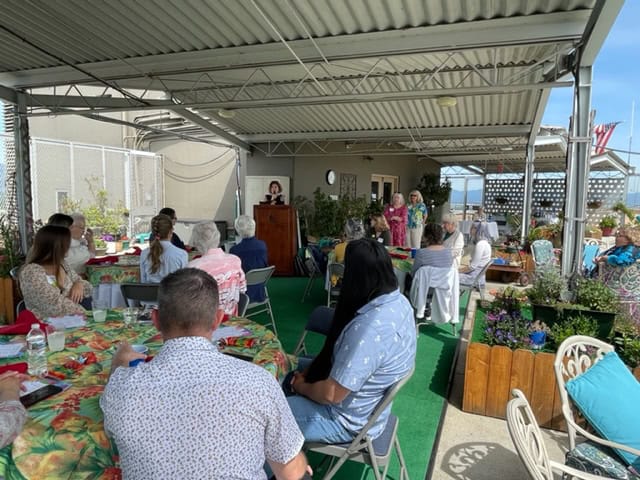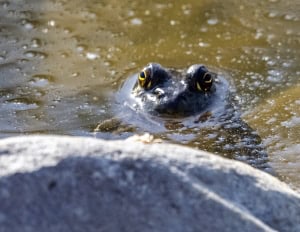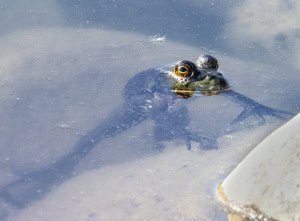Karnatz Korner September – October 2022
The Words of the Karnatz, lightly edited by Bob Buddemeier
SEPTEMBER
All Month — the Golden Golf Ball Hunt is back! Annabel hides them all over campus; when found residents & staff bring them back to me in the CE Office to claim their prize.
All Month — Treasure Island display – Auditorium display case – remember the cabinet of curiosities? This is the treasure version. Residents had some really cool items, not really odd… so I wanted to do a treasure display. Bring your items to the auditorium at 9 a.m. Sep 1, or call 7246 to seeif your item is appropriate.
Game Shows Begin the first week in September: I’m teaming up with Reverend Scott, Kathy Fitzpatrick, Jordan Mo, and Cam Deen to start our very own RVM Game Show Night. Some are classic inspired, some are new age, but all are fun! Stay tuned, more to follow on this one.
September 11 – First Responders Remembrance Stair Climb & BBQ (not open to residents, this is something special we do to thank our local First responders and remember 9-11) Fire districts from all over southern Oregon come and climb the tower stairwell, then participate in a small ceremony on the roof, and enjoy a chef attended BBQ in the pocket lot.
September 16 – 23 RVM Autumn Games. Like the good ol’ days, just different. Timothy has some great ideas for this year’s Autumn games! Opening Ceremony is on September 16 followed by a week of knock down drag out games! If you haven’t signed up it’s too late to play, but there will be plenty of room in the bleachers for you to cheer or jeer you favorite teams.
September 11 – First Responders Remembrance Stair Climb & BBQ (not open to residents, this is something special we do to thank our local First responders and remember 9-11) Fire districts from all over southern Oregon come and climb the tower stairwell, then participate in a small ceremony on the roof, and enjoy a chef attended BBQ in the pocket lot.
September 13 & September 27 – Links & Drinks on the Plaza Patio! Enjoy a chef attended BBQ from 12p – 1p. Sign ups are limited to 80 per event, due to seating in that beautiful area. If you have already had a chance to sign up, perhaps you could let your fellow residents have a reservation and a chance to enjoy the links with a view of the links. These patio BBQ’s are so popular that if the weather cooperates, there will be more in October.
September 16 – 23 RVM Autumn Games. Like the good ol’ days, just different. Timothy has some great ideas for this year’s Autumn games! Opening Ceremony is on September 16 followed by a week of knock down drag out games! If you haven’t signed up it’s too late to play, but there will be plenty of room in the bleachers for you to cheer or jeer you favorite teams.
All good things must come to an end – September 25th will be the last Bistro entertainment performance. The Bistro will still be open — just no more live entertainment. Don’t fret, the Bistro HH entertainment will return next year!
Spotlight on the 60’s For the Month of October – Turn on the time Machine and dig out those epic 60’s phots of yourself! Sarah wants to create a collage of residents from the 60’s to have on display in the Manor Lobby. But — What fun would this be without a game attached! Submit your favorite 60’s photo of your self to Sarah by October 3rd. Then you will have the chance to guess who is who, and the one with the most correct guesses WINS! Photos will be numbered and a ballot box with guessing sheets will be available with the collage.
October 6th – save the date! The Penthouse Garden Party is back! From 3p- 5p come enjoy the beautiful flowers, plants and view from the manor roof top. Wine and snacks will be available.
October 20th will be the debut of the RVM Opportunity Fair! We are working closley with Asifa Kanji, the Residents Council Volunteer Opportunities Department Head to plan a campus-wide, real-time, in-person resident volunteer opportunity fair! Much more to come with this!
Oct. 25 Brew Fest! Changing things up a bit…. I am planning on a name that beer in the lobby and live band in the auditorium. I don’t have all the detail chiseled into stone yet, but that’s the direction!
But wait, there’s more! – back by popular demand, the employee pumpkin contest and the resident scarecrow contest will make it back to the auditorium at the end of October. Residents council will judge the employee’s creative pumpkins and Administration will judge the residents scarecrows.


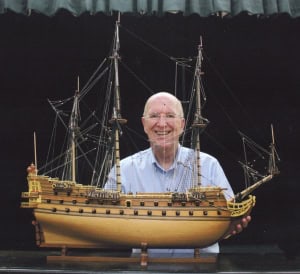

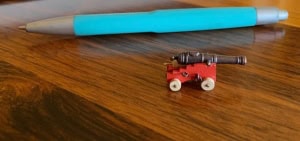

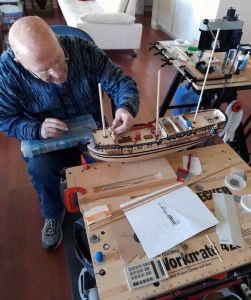
 He was on Palliative care for much of the time we were here. That meant that he had a weekly visit by a nurse, and earlier in our stay was able to get home physical therapy. Palliative care is available for those patients who are still seeking treatment but need outside extra support. According to cancer.net, the care can include prevention, early identification, comprehensive assessment, and management of physical issues, including pain and other distressing symptoms, psychological distress, spiritual distress, and social needs. Whenever possible, these interventions must be evidence based. Palliative Care was prescribed by Tom’s pulmonologist. Tom’s connection to his nurse, who came every week to check up on him and give support, was wonderful for him, especially as he became more incapacitated.
He was on Palliative care for much of the time we were here. That meant that he had a weekly visit by a nurse, and earlier in our stay was able to get home physical therapy. Palliative care is available for those patients who are still seeking treatment but need outside extra support. According to cancer.net, the care can include prevention, early identification, comprehensive assessment, and management of physical issues, including pain and other distressing symptoms, psychological distress, spiritual distress, and social needs. Whenever possible, these interventions must be evidence based. Palliative Care was prescribed by Tom’s pulmonologist. Tom’s connection to his nurse, who came every week to check up on him and give support, was wonderful for him, especially as he became more incapacitated.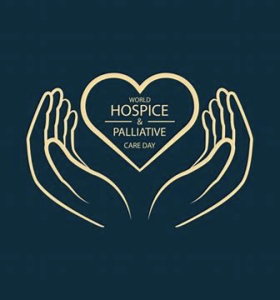 When Nancy Heyerman, The Hospice nurse, came to visit, she explained to us the difference between Hospice and Palliative care. Basically, Palliative Care provides relief from the symptoms and stress of for people with a termal diagnosis regardless of their prognosis. The goal is to improve quality of life for both the patient and the family as treatment continues. Care begins after diagnosis and during treatment. On the other hand, Hospice is for those who have decided that treatment is no longer beneficial, and the main goal is to provide as much comfort care as possible. It is specifically end of life care when the patient has less than 6 months to live. Under Hospice, the person must give up all of their treatments, which include specialists. A tremendous amount of medical support is available from the Hospice team, but none of it can be curative. As Nancy said to me, “Statistically we know that patients who are on hospice live longer and more comfortably. Generally it is not ‘curative’, however patients often recover to a ‘non-terminal’ condition although their disease may still be present and we then discharge them from hospice care.”
When Nancy Heyerman, The Hospice nurse, came to visit, she explained to us the difference between Hospice and Palliative care. Basically, Palliative Care provides relief from the symptoms and stress of for people with a termal diagnosis regardless of their prognosis. The goal is to improve quality of life for both the patient and the family as treatment continues. Care begins after diagnosis and during treatment. On the other hand, Hospice is for those who have decided that treatment is no longer beneficial, and the main goal is to provide as much comfort care as possible. It is specifically end of life care when the patient has less than 6 months to live. Under Hospice, the person must give up all of their treatments, which include specialists. A tremendous amount of medical support is available from the Hospice team, but none of it can be curative. As Nancy said to me, “Statistically we know that patients who are on hospice live longer and more comfortably. Generally it is not ‘curative’, however patients often recover to a ‘non-terminal’ condition although their disease may still be present and we then discharge them from hospice care.”
